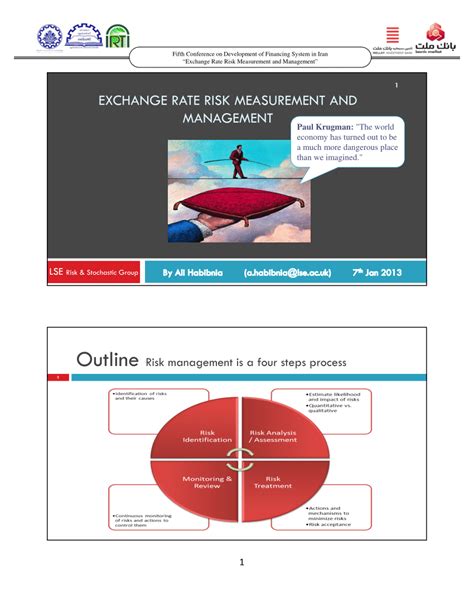Here is an article about “Cryptocurrency and the risk of a exchange rate: understanding EVM and CEX”:
Understanding cryptocurrency and risk of a exchange rate

Cryptocurrencies have produced waves in recent years due to their decentralized nature, ease of use and the potential of high returns. However, one of the important threats associated with the trade of cryptocurrencies is the risk of a exchange rate. This article delve into the concept of risk of exchange rates, how it affects cryptocurrencies and what you need to know about EVM (virtual machine Ethereum) and CEX (centralized replacement).
What is the risk of a exchange rate?
The risk of a currency exchange rate refers to uncertainty related to currency price fluctuations. During cryptocurrency trading, currency courses are used as protection against price variability. If the value of your cryptocurrency decreases due to changes in market moods or economic conditions, you can balance part of this loss by selling your assets at a lower price and buying them later at a higher price.
Imagine, for example, that you buy 10 bitcoins each 1000 USD per coin and sell it later for USD 800. If the value of bitcoins decreases, you have effectively lost $ 200. However, if you sold your coins earlier, when they were worth $ 1000 each, you would achieve a profit of $ 100.
Risk of cryptocurrency trading
The cryptocurrency market is known for its variability and high price fluctuations. Cryptocurrency prices can drop significantly in the short period, leaving investors significant losses. One of the main threats related to commercial cryptocurrencies is the risk of exchange rates.
When you buy cryptocurrency at a higher price and sell it later at a lower price, your profit or loss depends on the difference between two prices. For example:
- If you bought Bitcoin for 1000 USD for a coin and sold it for USD 800, you will achieve a profit of USD 200.
- However, if you have also invested in Ethereum (ETH) earlier, when its price was lower, the profit from ETH sales of 700 USD per coin would be much smaller, around USD 150.
EVM (Ethereum virtual machine)
EVM is the basic code of most cryptocurrencies, including Bitcoin and Ethereum. It is a decentralized platform that allows programmers to create intelligent contracts that are self -sufficient contracts with previously specified principles. EVM is responsible for performing transactions in the blockchain network and cryptocurrency security management.
Solutions based on EVM, such as Ethereum Classic (etc) and Ethereum 2.0, are aimed at improving the scalability and security of the Ethereum network, reducing transaction costs and increasing the maximum size of the block. These solutions also introduce new functions, such as Sharding, which allows you to use blockchain resources more effectively.
Cex (centralized replacement)
Centralized exchange (CEX) is a platform that facilitates cryptocurrency trading between buyers and sellers. CEX are often used to buy or sell cryptocurrencies directly from other users, bypassing traditional payment systems such as PayPal or credit cards.
CEXS offer various benefits, including:
- Time Szawn.
- Lower fees compared to decentralized exchanges (DEX)
- Greater control of the commercial process
However, CEX are also at risk, such as:
- Higher variability due to the centralized nature of the platform
- Higher fees for transactions that can consume profit margins
- Potential of security and hacking violations
Application
Cryptocurrencies and the risk of a exchange rate are serious problems of investors. Understanding how EVM and CEX work, you can better navigate the cryptocurrency market and manage risk.
In this article, we examined the risk of a currency exchange rate, how it affects cryptocurrencies, and introduced key concepts such as EVM and CEX.

